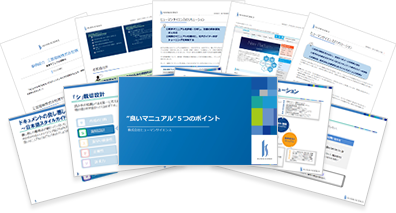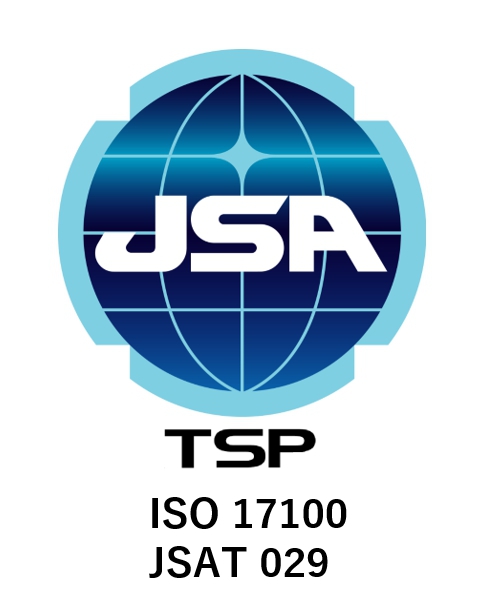
Here, I will summarize the challenges related to people and organizations in customer success operations, as well as potential improvement measures to address those challenges.
- Table of Contents
-
- 1. What are the challenges of customer success?
- 1-1. What is Customer Success?
- 1-2. Challenges as an Organization for Customer Success
- 2. The key to solving the problem is the review of the "content"
- 2-1. These are important for achieving customer success
- 3. Key Points for Creating Customer Success Manuals and Educational Content
- 3-1. Implement optimal information sharing tools and LMS
- 3-2. Review of Existing Manuals and Educational Content
- 3-3. Improve Based on Issues
- 4. Summary
1. What are the challenges of customer success?

Here, I will summarize the challenges related to people and organizations in customer success operations, as well as potential improvement measures to address those challenges.
1-1. What is Customer Success?
First, let's briefly review the overview of "Customer Success." Customer Success refers to the efforts made to ensure that customers can maximize the use of products and services and achieve success. It involves supporting customers from the time they purchase a product or service so that they can fully realize its value.
For example, even if a subscription service is provided, if customers are not carefully guided on how to use it, they may not be able to fully benefit from its value, increasing the likelihood that they will not continue to use it. Therefore, it is necessary to understand the challenges related to Customer Success operations and work on improvements.
1-2. Challenges as an Organization for Customer Success
Challenges of People and Organizations
- Maintaining Motivation: Customer success operations are centered around customer interactions, which can create a stressful environment. As a result, the motivation of the representatives can easily decline.
- Lack of Human Resources: There are times when we are so busy handling immediate tasks that we cannot focus on long-term efforts to improve service quality and operational efficiency. Especially in Japan, where customer success initiatives are still relatively new, it is common to have few dedicated staff, which may often result in insufficient personnel to advance customer success activities.
- Insufficient Organizational Planning: There may be a lack of analysis of current issues and the establishment of improvement indicators in the Customer Success Department.
Challenges of Effectiveness for Users
- Challenges of Provided Content: There are challenges regarding user-oriented content such as manuals and e-learning. The content may be unclear, lack necessary information, or vary in writing style depending on the person in charge (relying on intuition and experience), which can lead to poor quality of the provided content. As a result, users' understanding of the products and services does not improve.
System Challenges
Creating user-oriented content takes time from development to publication, making it difficult to prepare content in parallel with development, which can lead to insufficient integration between products or services and content. Additionally, even if content is prepared, the operational flow is often complicated and labor-intensive.
What is Customer Success? The Role and Differences from Customer Support
2. The key to solving the problem is the review of the "content"

The key to solving challenges in customer success operations often lies in "content." Below, I summarize the reasons for this.
2-1. These are important for achieving customer success
1. Customer Education and Onboarding
New customers often struggle to utilize products and services effectively. This increases the risk of cancellation in the early stages. By providing high-quality onboarding content, we ensure that customers can smoothly start using the product. For example, tutorial videos, guidebooks, and FAQs are effective.
2. Continuous Value Provision
It can be difficult for customers to continue feeling the value of a product. Especially when they cannot find new value as usage progresses, the risk of cancellation increases. By regularly updating content (such as blog posts, webinars, and case studies), we introduce new features and ways to utilize the product, providing customers with ongoing value.
3. Improvement of Customer Self-Solution Ability
Customers may become overly reliant on support when facing issues. This increases the burden on the support team. We provide content to promote self-resolution (such as knowledge bases, community forums, and chatbots) to enable customers to solve problems on their own.
4. Strengthening Customer Engagement
When relationships with customers become weak, engagement decreases and the risk of cancellation increases. We strengthen relationships with customers and enhance engagement through personalized content such as newsletters, special offers, and customer case studies.
5. Data-Driven Approach
Without accurately understanding customer needs and behaviors, appropriate support cannot be provided. By analyzing customer data and optimizing content based on the results, we can offer more effective support. For example, providing personalized content based on usage patterns can be considered.
By leveraging these content strategies, you can effectively address customer success challenges and improve customer satisfaction and retention rates.
However, the "quality" of the content is also important. By improving the content itself while managing it, we can appropriately support users to continue using our products and services. By continuously enhancing the manuals (training texts) and educational content, and enriching various types of content, we can achieve efficient customer success operations. This serves as a means to eliminate inefficiencies and dependency on specific individuals, even when there is a shortage of personnel.
3. Key Points for Creating Customer Success Manuals and Educational Content

Here are the key points for creating customer success manuals and educational content.
1. Clarify the purpose and target
Clearly define the purpose of manuals and training content, and identify the target users (new employees, existing employees, customers, etc.). This allows for the creation of content that maintains a consistent direction and focus.
2. Simple and Easy-to-Understand Structure
We organize information simply and create an easy-to-understand structure. We utilize headings and bullet points to ensure a visually comprehensible layout. By using diagrams and illustrations, we can further aid understanding.
3. Practical Content
We incorporate not only theory but also specific examples and practical procedures. For instance, by introducing customer response scenarios and success stories, we make the content useful for actual business operations.
4. Interactive Elements
By incorporating interactive elements such as videos, quizzes, and simulations, we enhance the learning effect. Especially in e-learning content, it is important to have a system that allows participants to engage actively.
5. Continuous Updates
Manuals and educational content should not be created once and left as is; it is important to continuously update them. We review the content according to changes in products and services to provide the latest information.
6. Utilizing Feedback
We collect feedback from users who utilize the content to aid in improvements. Through surveys and interviews, we understand which parts were difficult to comprehend and which information was helpful.
7. Consistent Tone and Style
We maintain a consistent tone and style throughout manuals and educational content. This allows users to learn without confusion.
By keeping these points in mind, you can create effective customer success manuals and educational content.
Additionally, by utilizing tools for the production and management of such content, you can improve the efficiency of customer success operations.
3-1. Implementing the Optimal Information Sharing Tools and LMS
To effectively create customer success manuals and educational content, it is also important to implement the right information sharing tools and learning management systems (LMS). Of course, depending on the scale of the product or service, there may be cases where tools are not implemented, but in many services, content is often managed through these tools.
1. Introduction of Information Sharing Tools
By utilizing information sharing tools, the creation and management of manuals and educational content can be streamlined. The following tools are available.
- SharePoint: A cloud-based information sharing platform provided by Microsoft. It has a wide range of features, including file uploads, collaborative editing, use as a bulletin board for structured information, and website creation.
- Confluence: A knowledge management tool provided by Atlassian that allows for easy creation, accumulation, search, and sharing of document files. It is suitable for managing internal portals and business manuals.
- Toaster Team: This is a tool that automatically creates manuals using AI. It enhances the learning of business procedures and productivity, and realizes the development and retention of immediately effective personnel. It also supports the creation of video manuals and the management of glossaries.
2. Introduction of Learning Management System (LMS)
By implementing an LMS, it becomes easier to deliver educational content and manage learning progress. Below are examples of LMS.
- Moodle: An open-source LMS that is highly customizable and can deliver a variety of educational content.
- Totara Learn: It has features specialized for employee development within companies. It is open source and can be flexibly customized to meet the needs of businesses.
- learningBOX: It can be easily operated without specialized knowledge. It can be operated at a low cost and has all the necessary features for e-learning, such as quiz creation, grade management, and registration of teaching materials like videos and PDFs.
- LearnWorlds: Provides interactive learning experiences utilizing AI. It also supports e-commerce, offering robust features for selling and marketing learning courses, enabling the monetization of online courses. Customization to fit your brand is also possible.
3-2. Review of Existing Manuals and Educational Content
It is also important to continuously review existing manuals and educational content. You can make improvements while considering elements such as the following.
- Clarify the purpose and scope of the revision: Clearly state why the review is necessary and its objectives. For example, reasons may include the introduction of new tools, changes in business processes, or amendments to regulations. Additionally, specify which parts will be reviewed and set the scope concretely.
- Evaluation and Analysis of Current Manuals: We evaluate the current manuals and educational content, identifying areas for improvement. We collect feedback from on-site personnel and users to determine which parts are unclear and what information is lacking.
- Revision Plan: We will list the areas that need revision and prioritize them. A schedule for the revisions will be created, clearly defining who is responsible for each part. If the revisions are extensive, we will also consider proceeding in phases.
You can prepare for content improvement as mentioned above, but there may be limited resources for that. In such cases, you can utilize evaluation and analysis services for content provided by experts in manuals and educational content.
3-3. Improve Based on Issues
Based on the results of the evaluation and analysis, we will actually revise the manuals and educational content according to the improvement plan.
- Content Revision and Updates: We will reflect the latest information and revise it for clarity. If necessary, we will add diagrams and videos to enhance visual understanding.
- Management of Revision History: We thoroughly manage the revision history, recording when, which parts, and how changes were made. This makes it easy to review the changes later.
- Feedback and Improvement: We will have users actually use the revised manuals and training content, and collect feedback again. If necessary, further improvements will be made. This ensures that we always maintain the most up-to-date and optimal state.
- Regular Review: We will set a schedule for regularly reviewing manuals and educational content. For example, by conducting reviews quarterly or biannually, we can ensure that the information is always up to date.
If you are short on production resources, you can utilize our production services provided by experts.
4. Summary
Many BtoB companies (especially SaaS companies) are prioritizing customer success. The operations of the customer success department are very diverse, so there is a need for streamlining and improving those business processes. Human Science's services can implement measures that lead to the efficiency of the customer success department and the enhancement of CX (customer experience).
Service Introduction
To efficiently share know-how for customer success or to enhance customer satisfaction, it is also important to organize documents and content. It is necessary to secure resources for this purpose. However, creating manuals and developing training content to improve customer satisfaction requires a significant amount of personnel and time, making it a high-priority but increasingly burdensome task.
At Human Science, we offer a variety of services for the customer success department. In particular, we believe that the quality of the content provided by the customer success department is key to achieving customer success. Necessary actions include improving and creating manuals, enhancing FAQs, and producing training content. Attempting to handle these in-house can be costly, and the quality must also be clear and understandable. Human Science has extensive experience in creating clear manuals and e-learning content. We offer the following services.
- Improvement of Quality for Manuals and Training Texts We propose the most suitable user manuals, technical documents, help, and FAQs for your environment. Starting with the evaluation of the current manuals, we provide consulting for building multilingual support systems and CMS operations. We can also undertake the production of video manuals.
- Production of Educational Content and Support for LMS (Learning Management System) Implementation We propose educational content that is optimal for your environment, just like manuals. Starting with an evaluation of the current content, we can also optimize the LMS and support multilingual capabilities.
- Analysis Services for the Effectiveness and Optimization of Existing Content
We conduct hearings and analysis regarding the current state of manuals and content, and submit a report. - Analysis-based Improvement Proposals and Sample Production Services
Based on evaluation and analysis results, we will provide rewrite examples, manual samples, and educational sample content.
- Analysis Services for the Effectiveness and Optimization of Existing Content
- Chatbot Implementation and Development Support Many companies are advancing the implementation of chatbots to improve customer support efficiency. We propose the most suitable chatbot for your environment. We can provide one-stop support from the implementation of the chatbot system to content creation.
At Human Science, we provide one-stop support for the production of documents (manuals) and educational materials.
Project Achievements
The following are achievements for the Customer Success Department.
We provide a one-stop service for creating easy-to-understand manuals, video manuals, and e-learning content necessary for customer success, so please make use of it.

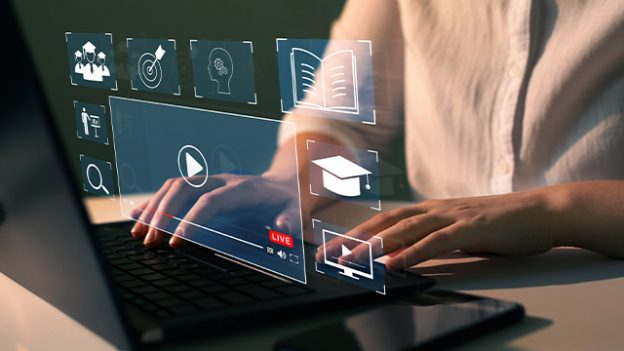

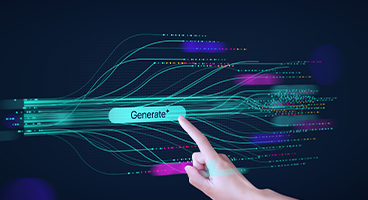







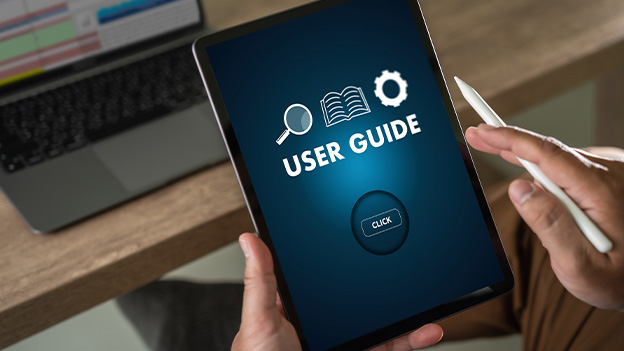








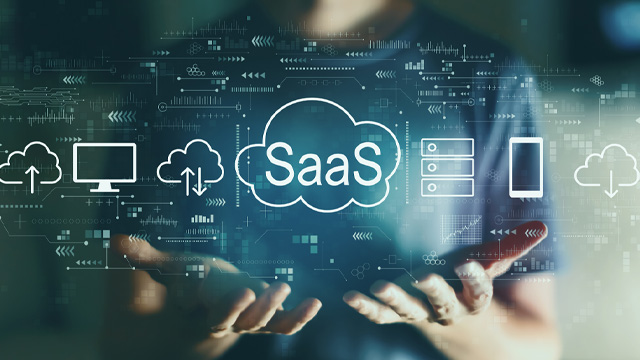
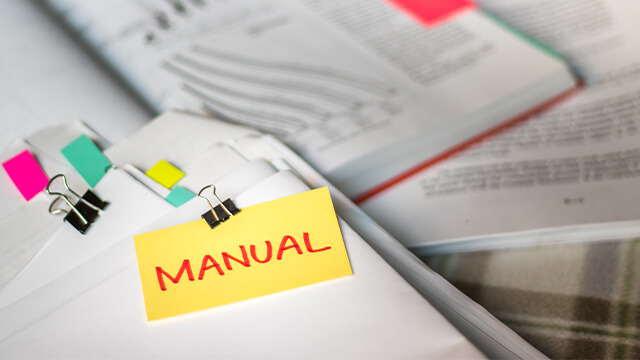










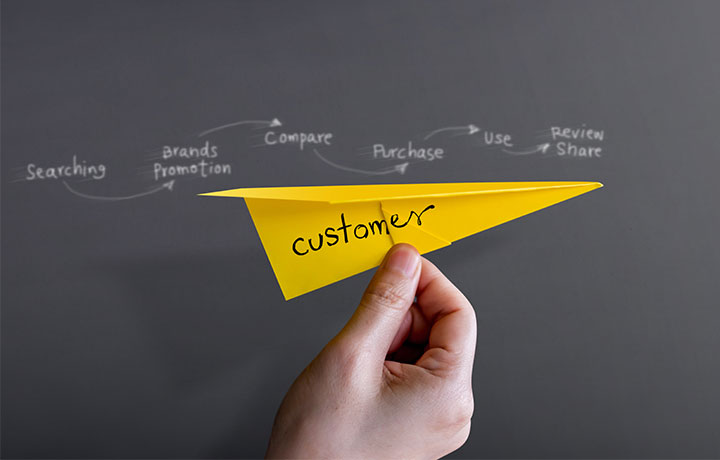





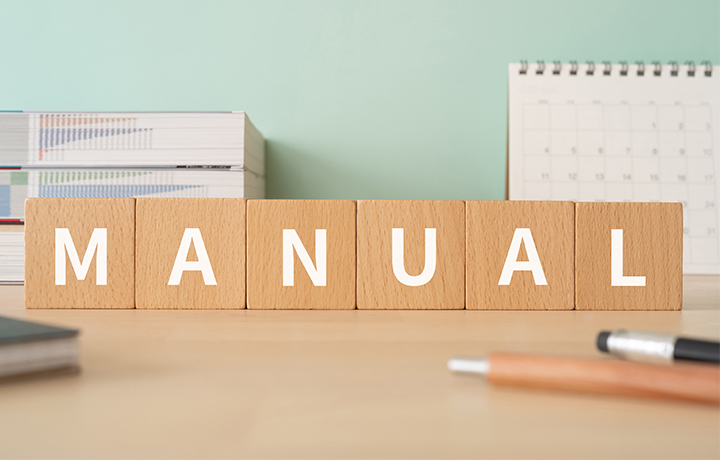





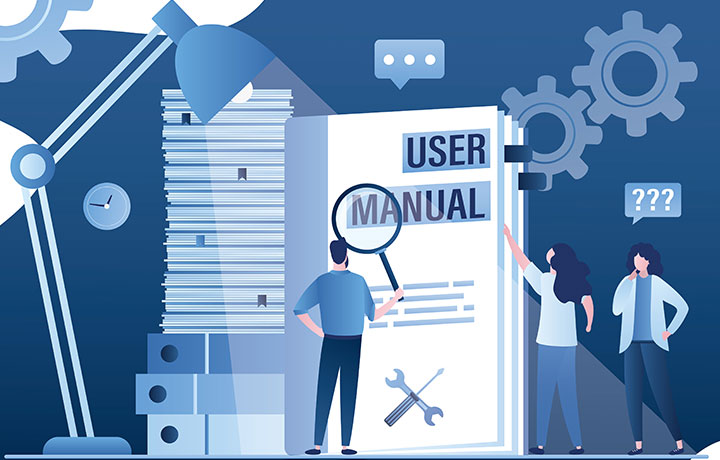



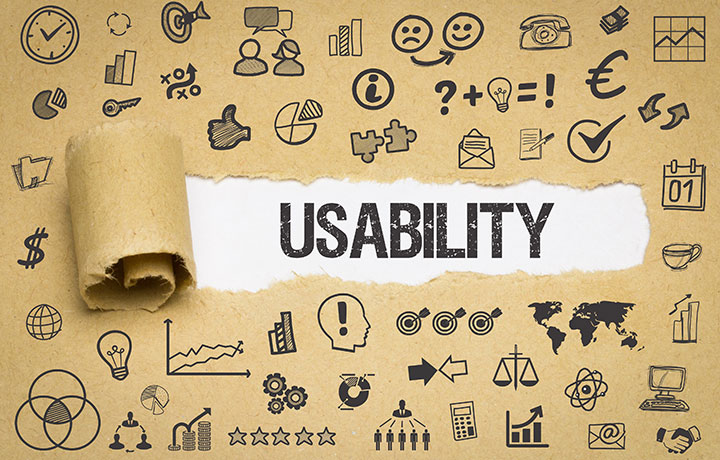





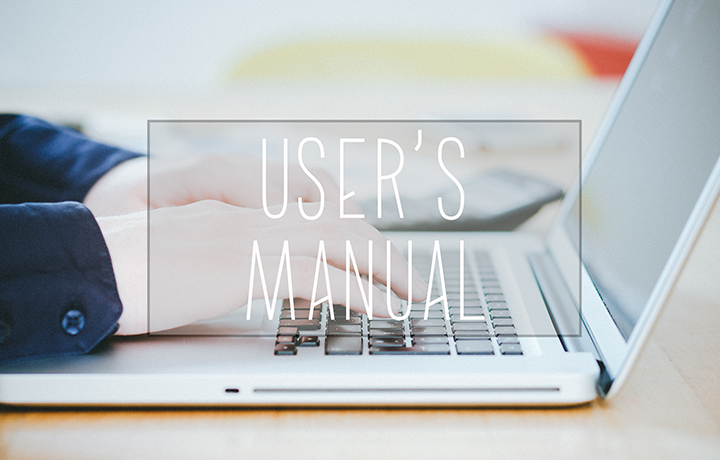











 Manual creation
Manual creation Director, Writer
Director, Writer In-house Support
In-house Support Video
Video Manual
Manual Manual Creation
Manual Creation One-Stop Service for Manual Creation
One-Stop Service for Manual Creation Manuals and Documents
Manuals and Documents